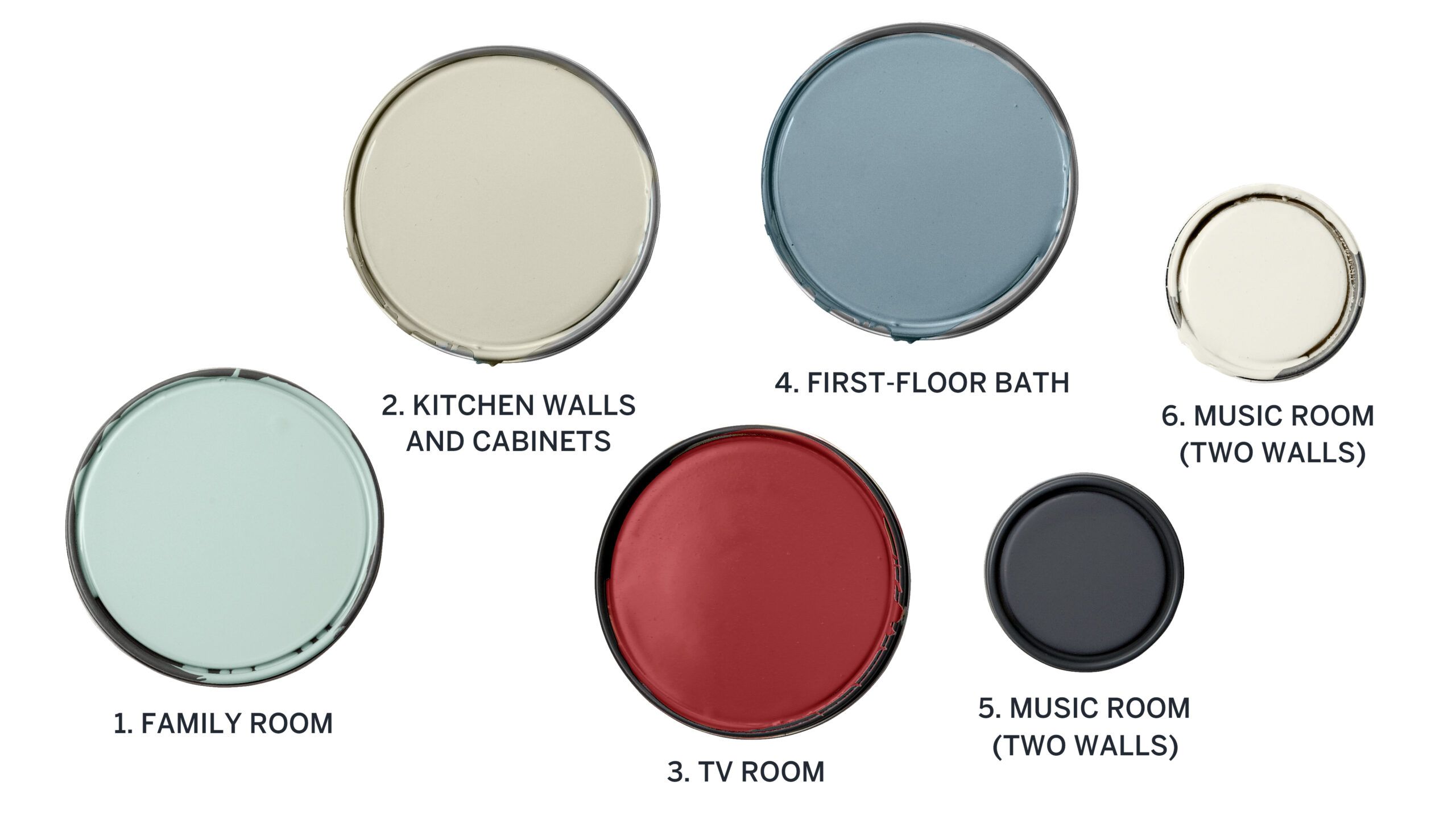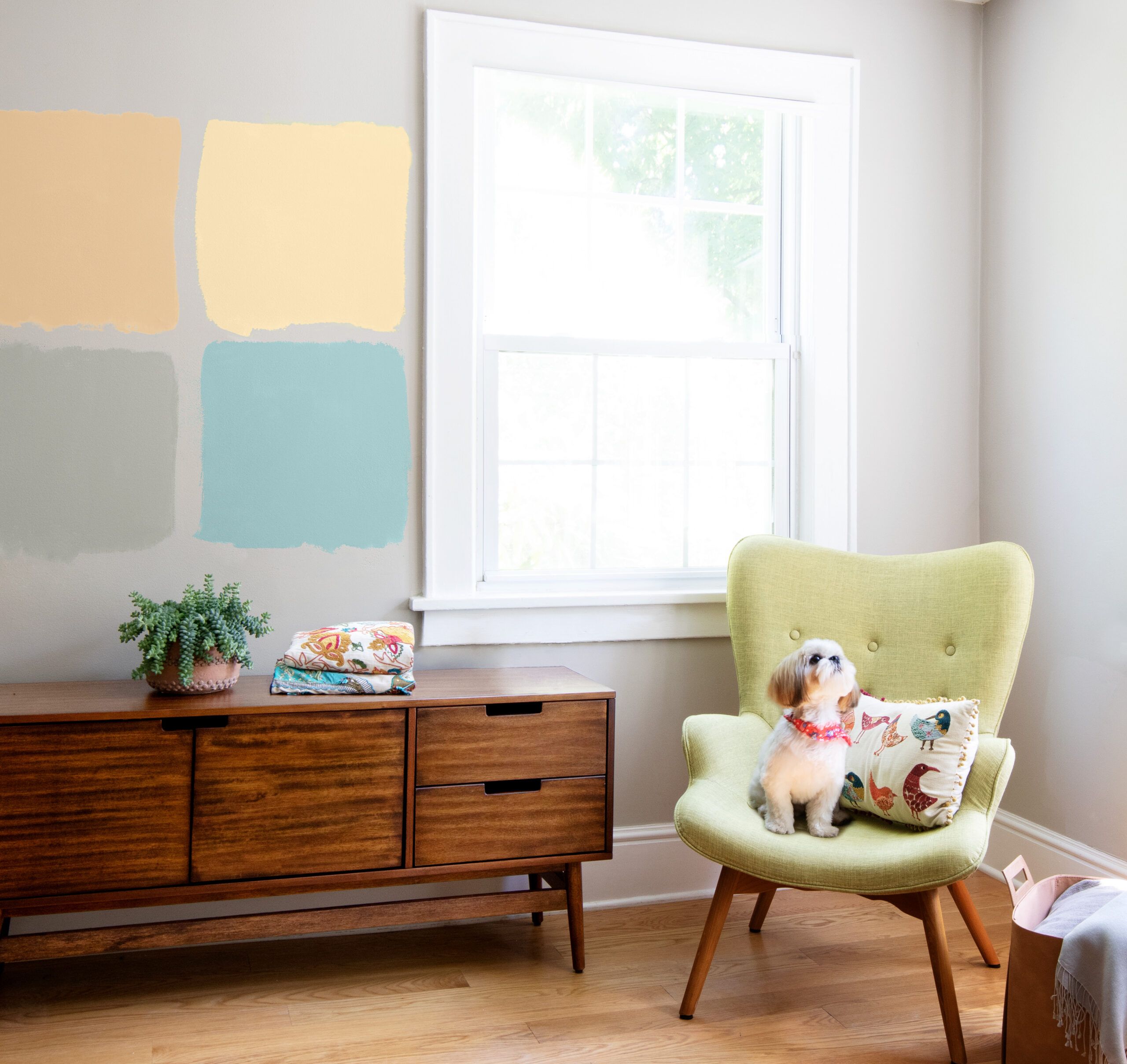The right paint color can transform a space, setting the mood and enhancing your decor. However, with countless options available, it’s easy to feel overwhelmed. Our guide will walk you through the process of selecting paint colors for your home, considering factors such as room size, lighting, and existing furnishings.
Understanding Color Psychology in Interior Design
Color plays a big role in shaping our emotions and perceptions within a space. By understanding the psychological effects of different hues, you can set the tone for a room. For example, cool blues can create a calming atmosphere perfect for bedrooms or bathrooms. Warm reds and oranges can energize a space, making them suitable for social areas such as living rooms or kitchens. Neutral tones such as beige and gray offer versatility and can serve as a backdrop for more vibrant accents.
Beyond mood, colors can also influence how we perceive and use a space. Light colors can make a room feel more spacious and airy, while darker shades can create a cozy, intimate atmosphere. Consider the primary function of each room when selecting colors. For instance, a home office might benefit from cool, focus-enhancing blues or greens, while a dining room could be enhanced with appetite-stimulating warm tones.
Factors To Consider When Choosing Paint Colors
Selecting the right paint color is about more than personal preference. Several key factors can impact how a color looks and feels in your space.
Architectural Features
Consider any architectural elements in your space, such as crown molding, baseboards, or built-in shelving. Depending on your color choices, these features can be highlighted or downplayed. For example, painting trim the same color as the walls can make a room feel more modern and spacious, while contrasting colors can draw attention to architectural details.
Many paint manufacturers offer digital tools that allow you to upload photos of your space and virtually “paint” the walls. These help you visualize how different colors might look in your home.
Existing Furnishings and Decor
Your paint color should complement your existing furniture and decor. “Always select furnishings before picking paint colors. Otherwise, you’ll have to match your furnishings to your walls, which can be challenging!” says Boston-based color consultant Bonnie Krims.
Consider the undertones in your furniture, flooring, and fabrics when choosing wall colors to create a cohesive look. Color-matching apps and devices can help you find paint colors that match existing elements in your decor.
Room Size and Natural Light
The amount and quality of natural light in a room can affect how paint colors appear. “Western-facing rooms may be too bright in the afternoon to handle warm reds and oranges; a northern exposure’s soft, filtered light makes it a great setting for virtually any color,” advises Thomas Jayne, a New York designer. For smaller rooms, lighter colors help create an illusion of more space, while larger rooms can handle deeper, more saturated hues.
Coordinating Colors Throughout Your Home
Creating a cohesive color scheme will help you establish a sense of flow and harmony in your home. Virginia Toledo of New Jersey firm Toledo Geller suggests starting with the main living areas. “If one room has colorful walls, the adjacent room might have neutral walls and restrict color to the fabrics. This adds dimension and texture to a home.” When creating a unified color palette, choose a base color that can be used repeatedly in varying shades and tones throughout your home.
Sue Wadden, director of color marketing at Sherwin-Williams, suggests using a color wheel to choose paints. “If you’re going for a traditional look, consider a soothing analogous pairing or colors from the same side of the color wheel, like blue and green. For something more modern and high energy, try complementary colors found on opposite sides of the wheel, like blue and orange.”
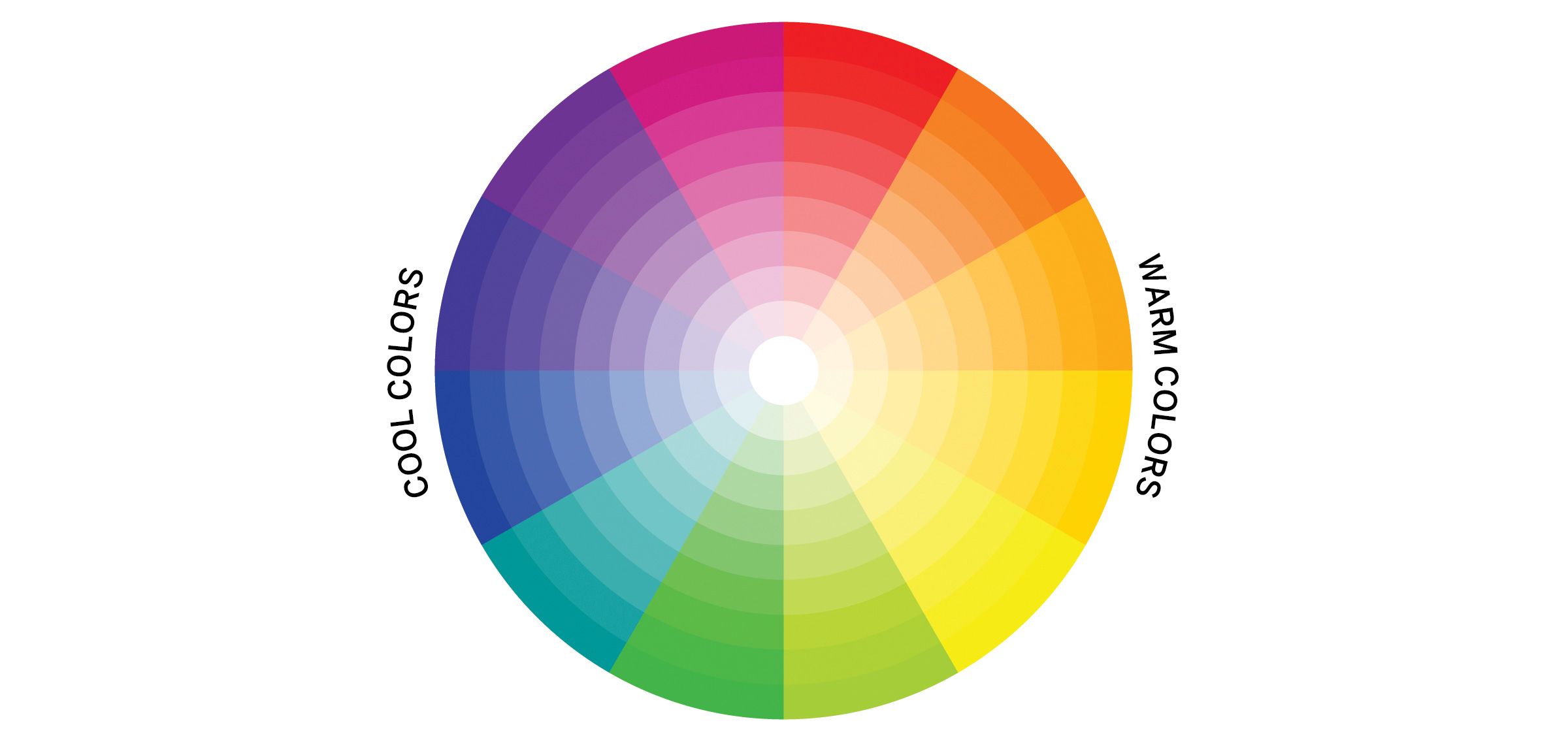
Special Paint Considerations for Different Spaces
Paint colors work differently in various areas of your home. Here are some tips for choosing paints depending on the room.
Choosing Paint for Small Rooms
Light colors are often recommended for smaller rooms to create the illusion of more space. “Use all light colors—or all dark colors,” suggests Amy Wax, a New Jersey-based color consultant. Contrast can make a room feel smaller. Implementing monochromatic schemes using variations of a single color can give small rooms a unified and expansive feel.
Color Strategies for Hallways and Staircases
Hallways and staircases serve as transitional spaces in your home. Aim for a smooth flow rather than abrupt changes when transitioning between rooms. Jayne recommends matching undertones to create continuity. “If you pick out all warm palette colors for a house, it will have a flow; same with all cool colors,” he says.
You can also use hallways and staircases as neutral zones to bridge different color schemes. “I generally follow the traditional practice of painting the halls, passages, and staircases in a fairly neutral color,” says Patrick Baty, a paint-color historian and consultant. “It’s far easier to lead off from this with color in individual rooms.”
Selecting Colors for Open Floor Plans
Maintaining a cohesive look can be difficult in open-concept spaces. Tracy Morris, an interior designer with Toledo Geller, advises, “With an open plan, there often isn’t a good spot to change paint color without it looking disjointed. Painting all the open-plan areas in one color will make the whole space feel bigger and more cohesive.” You can then add visual interest through accent walls, artwork, or colorful furnishings. Similarly, using varied textures and patterns in the same color family can provide depth and distinction.
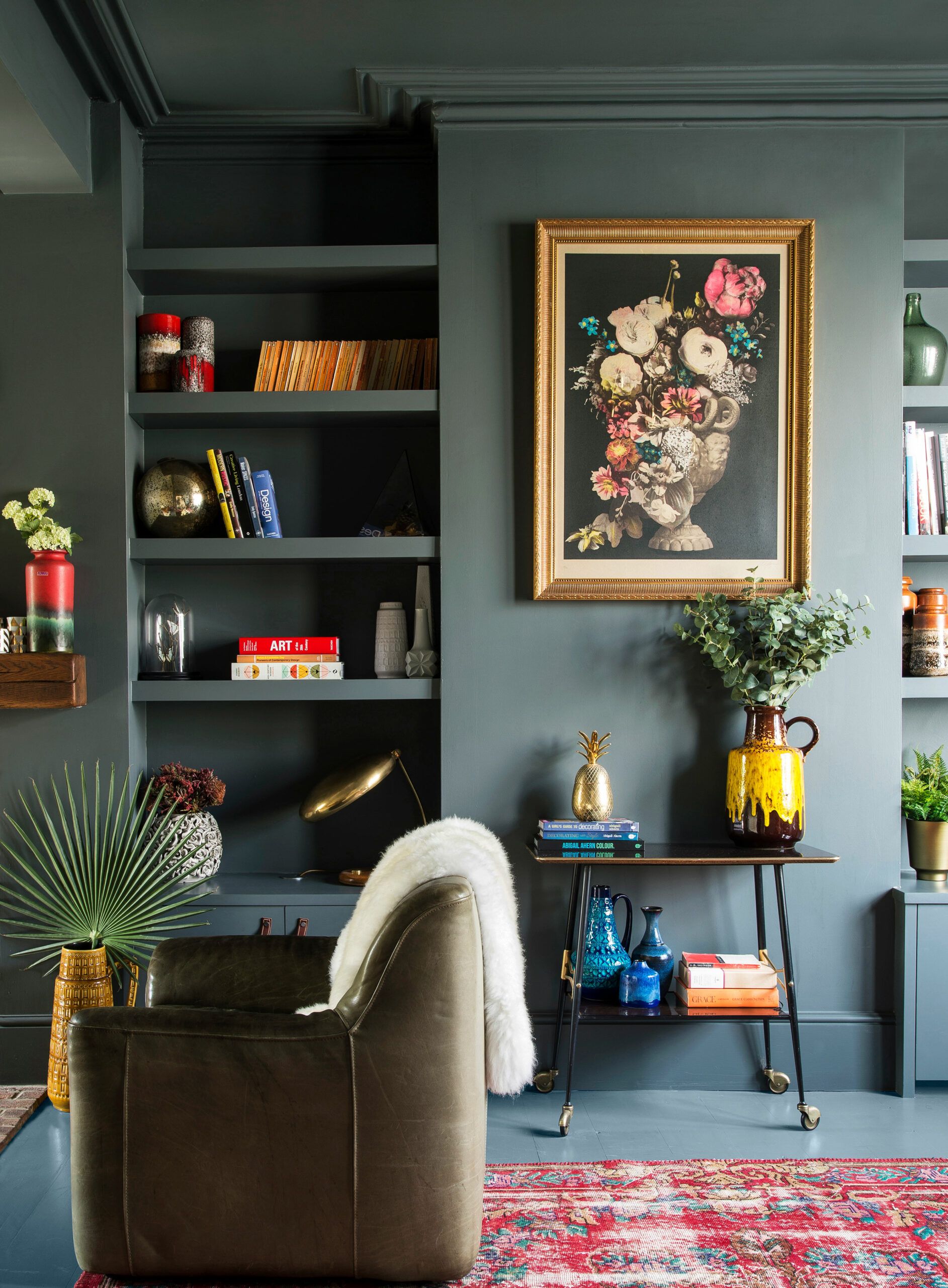
Paint Finishes and Their Impact
The finish of your paint can affect both its appearance and durability.
Matte vs. Glossy
Matte finishes offer a smooth, nonreflective look that can hide imperfections in walls. However, they’re less durable and harder to clean than glossier finishes. Glossy paints reflect more light, making colors appear more vibrant. They’re also easier to clean, making them ideal for high-traffic areas. Semi-gloss options can provide a balance of durability and aesthetic appeal.
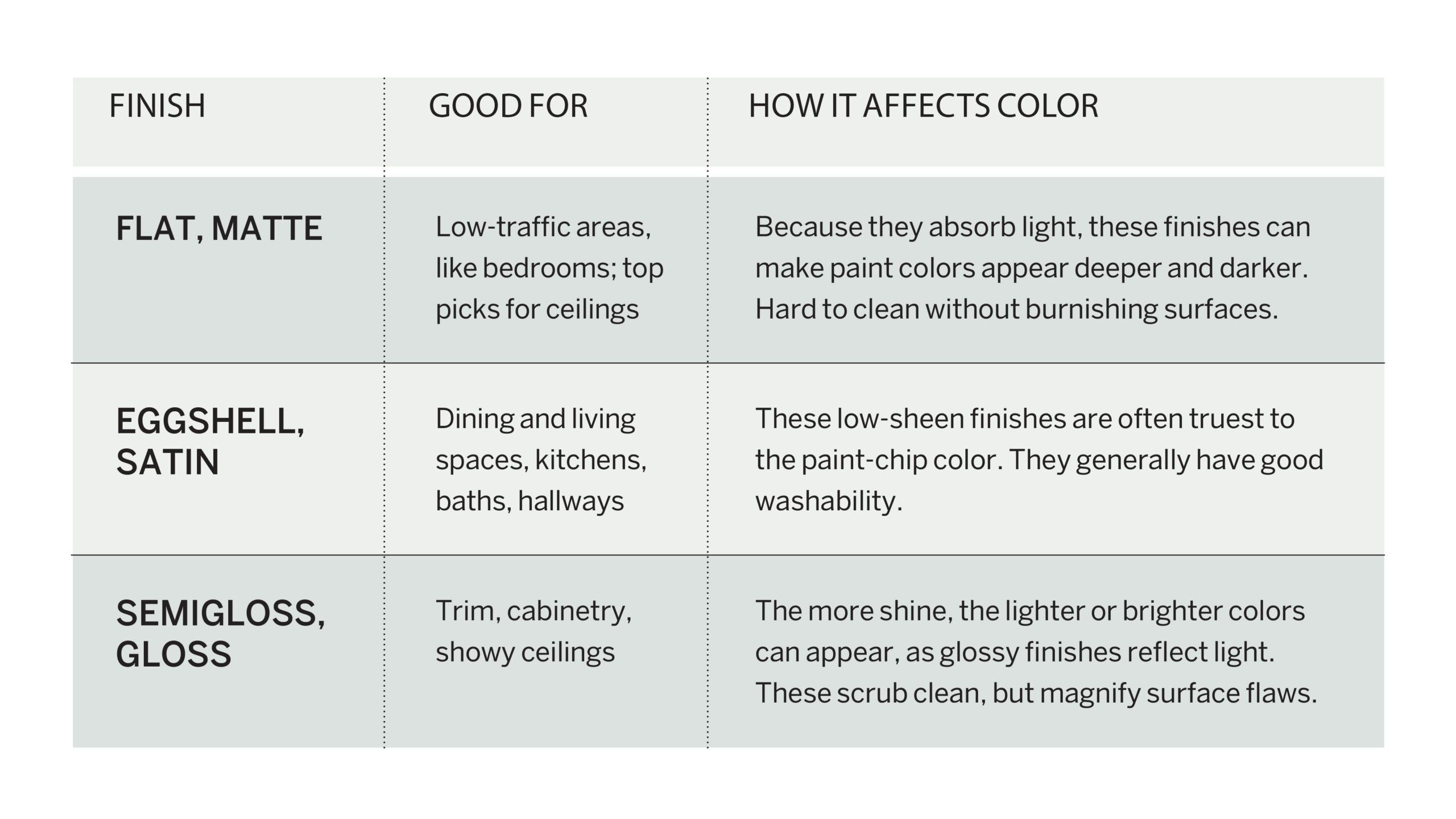
Choosing the Right Finish for Each Room
When selecting a finish, consider the function and traffic of each room. For example, a flat or matte finish works well in low-traffic areas such as bedrooms, while semi-gloss or gloss finishes are better suited for kitchens and bathrooms. Eggshell and satin finishes offer a middle ground, providing some durability with a subtle sheen. A textured finish can add visual interest to walls and hide minor imperfections.
How To Test Paint Colors Effectively
Testing paint colors before committing to a full room helps ensure you’re happy with your choice. Paint large swatches and observe them at different times of day. Light changes throughout the day, affecting how colors appear.
“Paint at least two coats on an area 2 feet square or larger, ideally against the trim of a doorway or window so you can see how the color looks in that context,” Krims advises. “Also, consider what the light will be like when you are spending the most time in the room.”
You can also use stick-on samples if you’d rather not paint your wall. Morris recommends using large samples, saying, “On Samplize, you can order a 12-by-12-inch paint sample that will stick to your wall but can easily be taken down and moved around. The finish is very true to what the wall will look like.”
Using Curated Paint Palettes
Expertly curated palettes allow you to sidestep narrowing down the 3,500-plus colors typically found in each of the major paint lines. Clare by interior designer Nicole Gibbons is a tightly edited collection that offers zero-VOC interior paint in 56 colors. It also includes no-mess 8-inch-square adhesive color samples for testing and a range of painting tools.
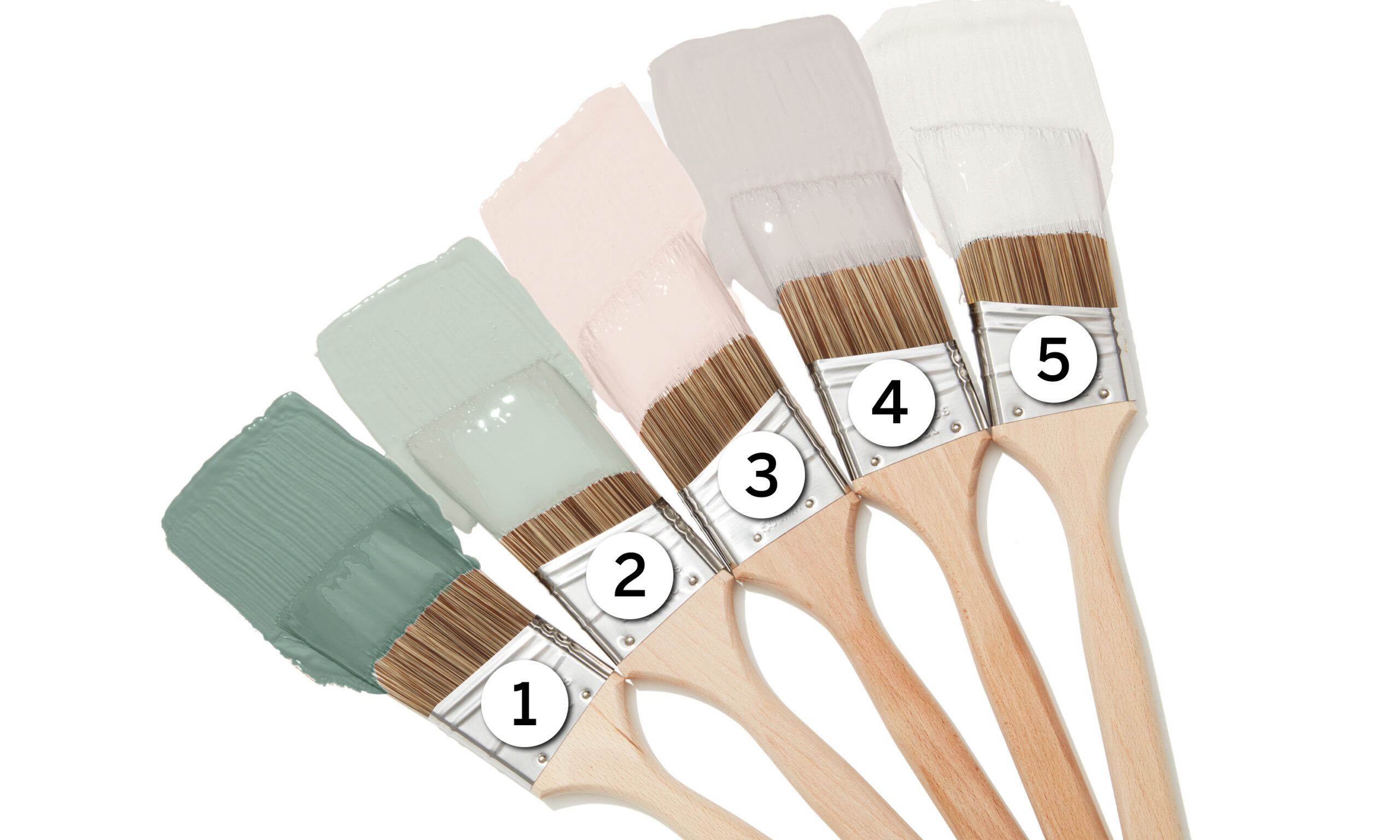
Troubleshooting Common Paint Color Dilemmas
Even with careful planning, you may encounter challenges when selecting or applying paint colors.
Dealing with Unfavorable Existing Elements
If you’re working with existing elements you don’t love, such as flooring or cabinets, you can balance these elements with neutral or complementary colors, minimizing their impact. “If hardwood floors are too reddish orange, for instance, we may paint the walls blue or green, which are complementary, to tone them down,” says Annie Elliott, a Washington, D.C.-based designer.

Correcting Color Mistakes
If you’ve already painted and aren’t happy with the color, don’t panic. Sometimes, simply changing the lighting or adding complementary decor elements can improve the look. If that doesn’t work, consider repainting with a slightly different shade or using the problematic color as an accent wall instead of the main color. Evaluating the painted space from different angles and in various lighting conditions can also guide adjustments.
Expert Color Palette Examples

Here are three examples of pro-designed color palettes for the whole home taken from real life.
Understated Pastels
For an early-1900s home with modest-sized rooms (pictured above), Wax went with pale hues of similar intensity. “The soft palette makes the rooms seem more expansive than they actually are, and creates a beautiful flow,” she says.
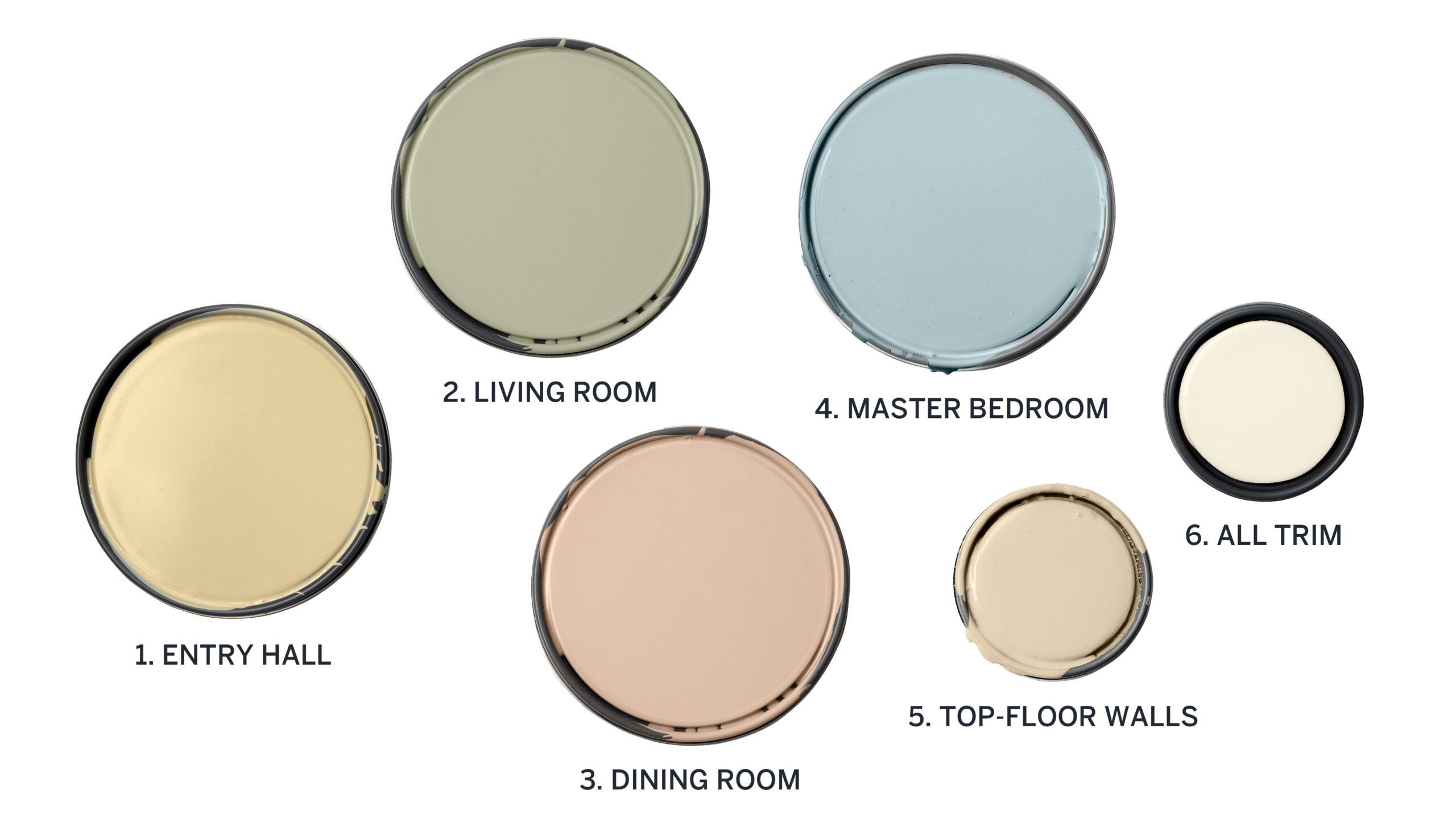
Cool (Not Cold) Colors
For a French Provincial-style house with terra-cotta floors in the main spaces, Jayne went for blues and greens with a hint of warmth to create a cohesive look.
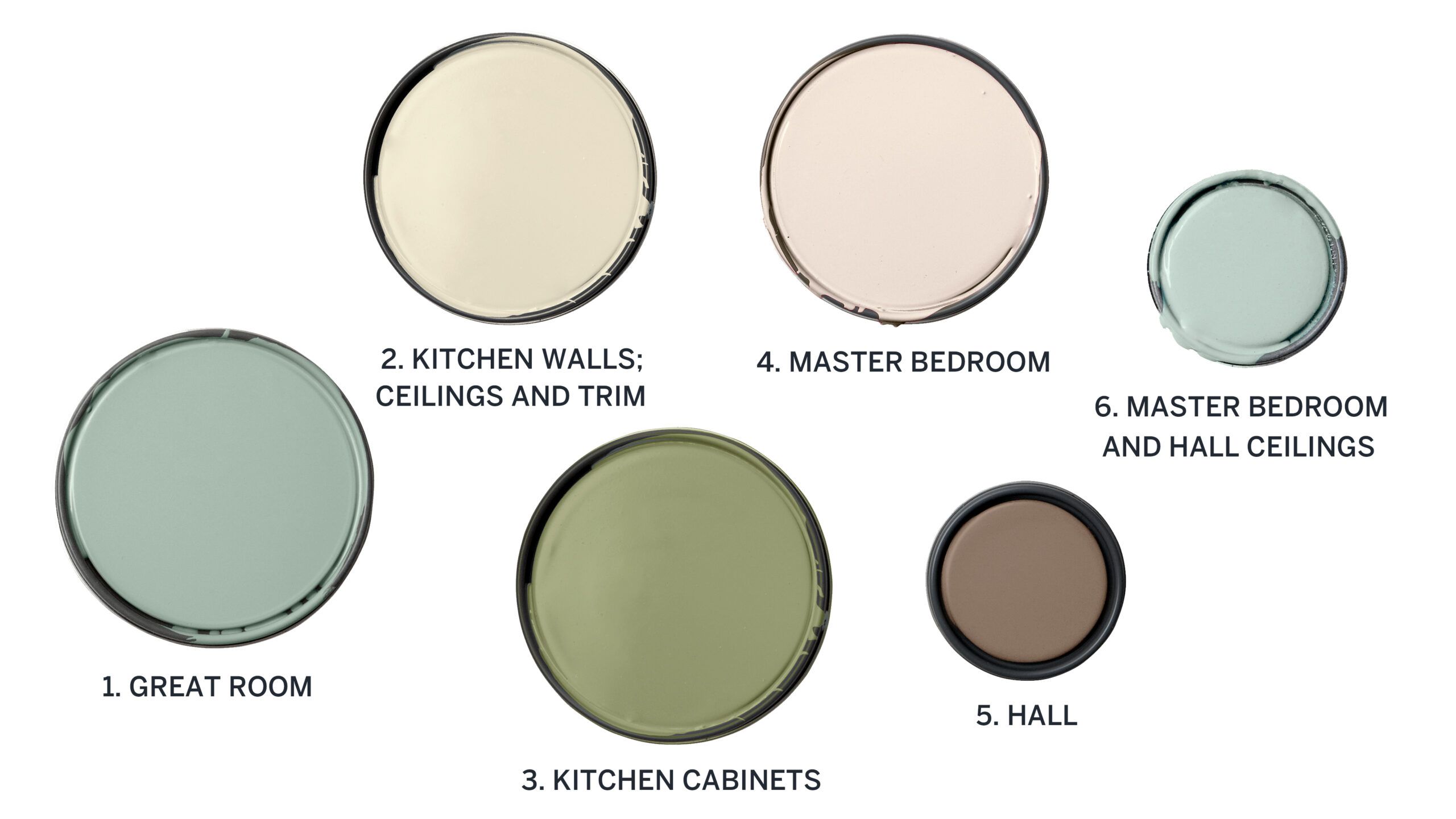
Rich Historical Hues
An ornate William Morris wallpaper on many of the walls and ceilings in an 1840s Italianate-style home inspired Krims’ choice of saturated shades. “The end result was a seamless flow between spaces,” she says.
